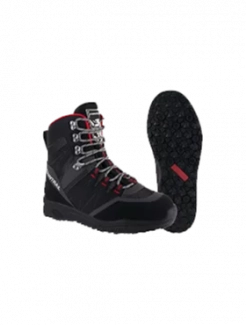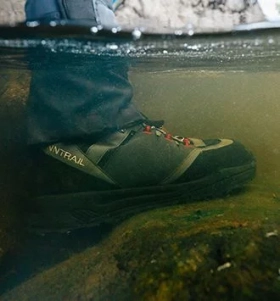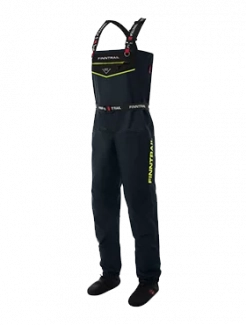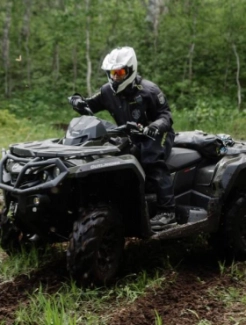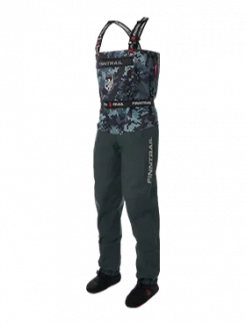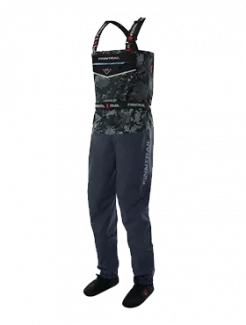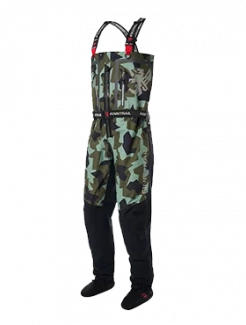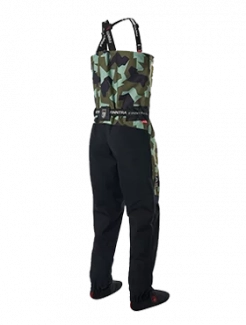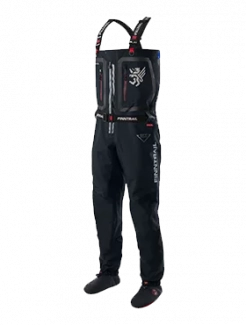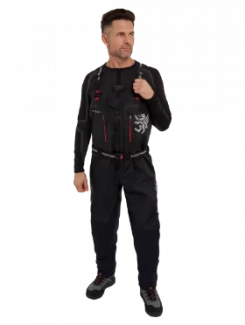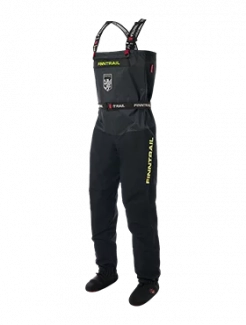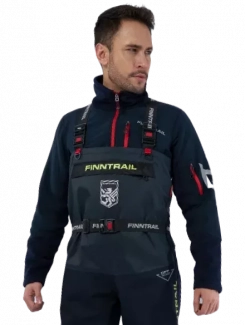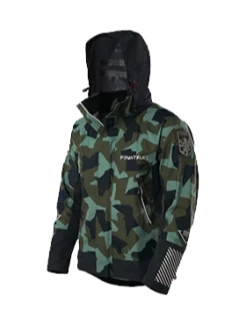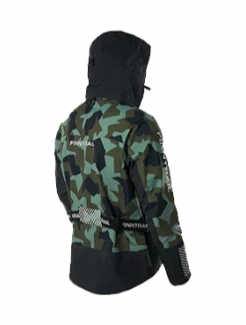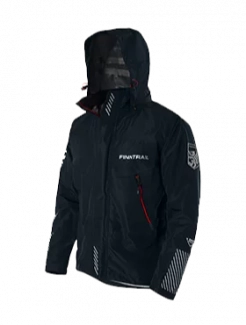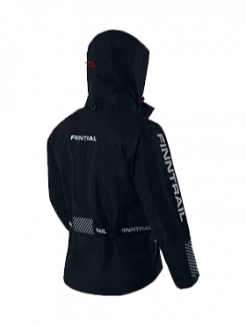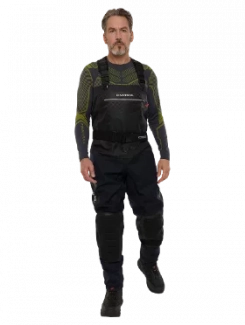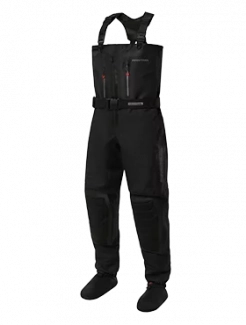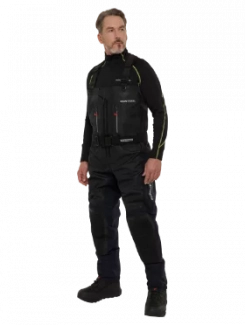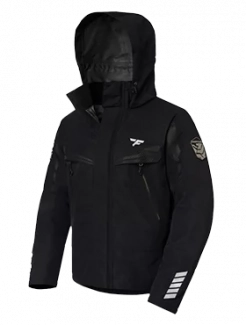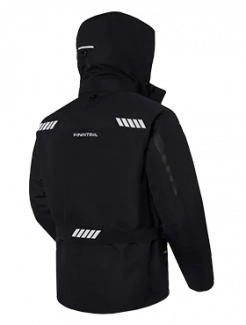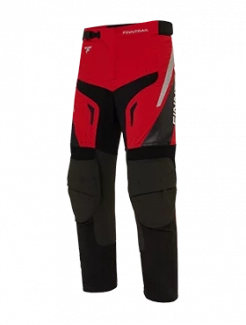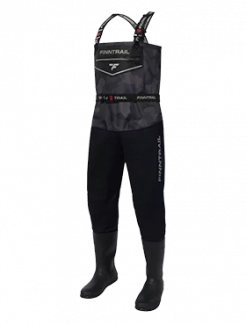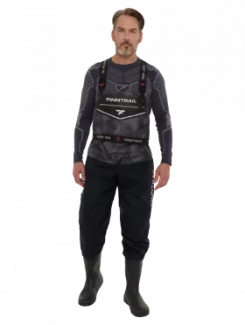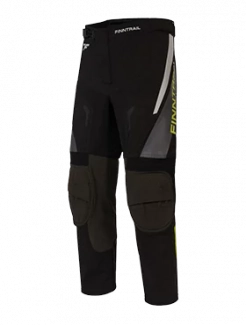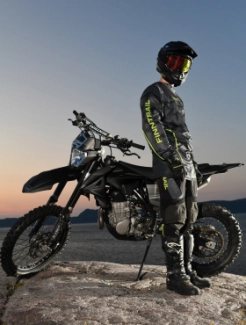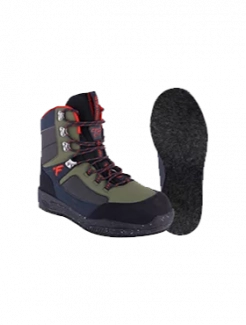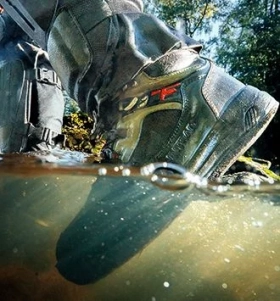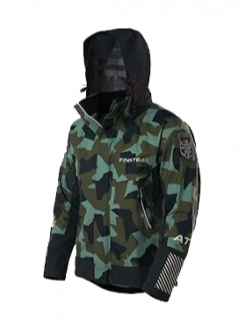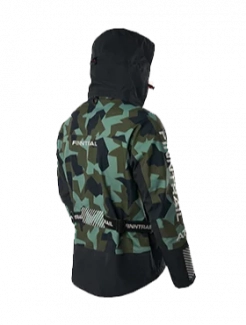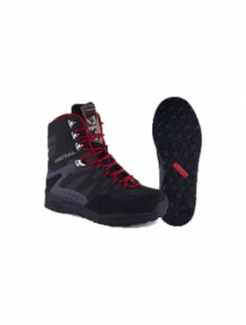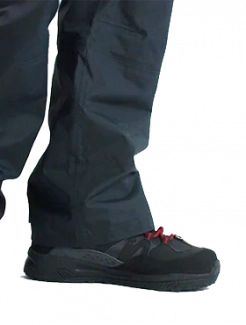UTV or ATV: Which Off-Road Vehicle Is Right for You?
If you're trying to choose between an ATV and a UTV, also known as a Side-by-Side, you're in the right place. Both are powerful off-road vehicles built for adventure, utility, and rugged terrain. But when it comes to deciding which one is best for you, the difference between an ATV and UTV matters more than you might think.
This guide explores the full picture: from how they drive and handle to how they perform for trail riding, hunting, or snow plowing. Whether you’re here to have fun, get work done, or both, let’s explore everything you need to know about ATV vs UTV—and everything in between.
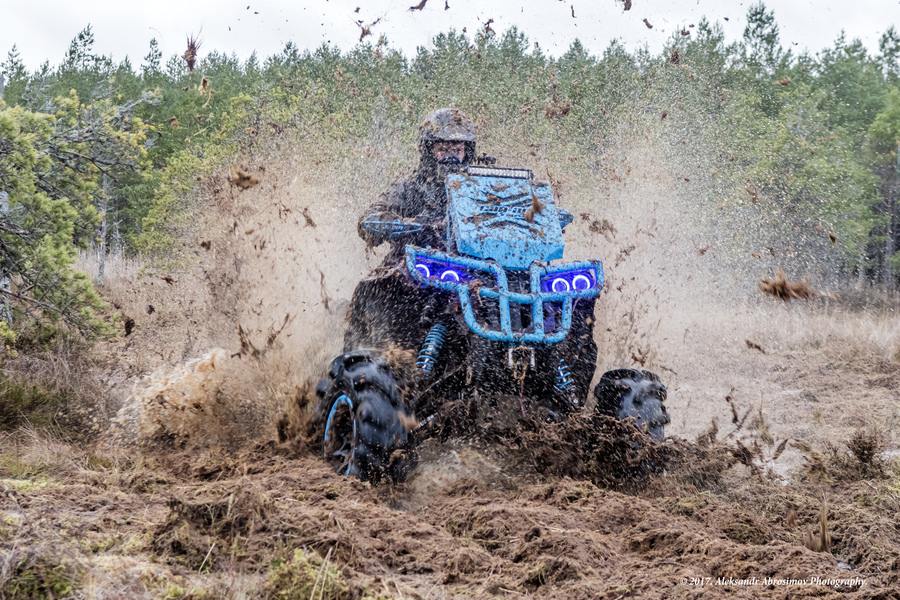
Understanding the Basics: What Is an ATV? What Is a UTV?
An ATV (All-Terrain Vehicle) is typically a four-wheeled machine designed for solo riders, though some models allow for an additional passenger. It’s steered using handlebars and ridden in a straddling position, similar to that of a motorcycle. Lightweight, nimble, and responsive, ATVs are ideal for tackling narrow trails, climbing hills, and zipping through tight wooded areas. They shine in environments that call for quick turns and technical maneuvers.
-
Common uses: Recreational trail riding, small-scale farm work, hunting, camping, navigating tight spots.
-
Design: Smaller and more agile than UTVs; built for speed, maneuverability, and minimal footprint.
-
Passenger capacity: Usually 1–2 people.
-
Ride experience: Engaging, adrenaline-driven, physical.
A UTV (Utility Task Vehicle), also called a Side-by-Side (SxS), has a very different design. Instead of straddling the seat, riders sit side by side with seat belts, steering with a wheel and controlling the machine with foot pedals. UTVs resemble compact off-road cars and are purpose-built for stability, utility, and safety. They typically come with roll cages, windshields, storage space, and room for multiple passengers.
-
Common uses: Group trail rides, snow plowing, farming, heavy hauling, outdoor work, hunting trips.
-
Design: Rugged, larger build with enhanced safety features and storage options.
-
Passenger capacity: Typically 2 to 6 people.
-
Ride experience: Smooth, stable, and more accessible for longer distances and mixed terrain.
Here’s a quick breakdown of the UTV vs ATV difference:
|
Feature |
ATV |
UTV / Side-by-Side |
|
Steering |
Handlebars |
Steering wheel |
|
Seating |
Straddle seat (1–2 people) |
Side-by-side seats (2–6 people) |
|
Controls |
Hand throttle & brake |
Foot pedals |
|
Protection |
Open, minimal protection |
Roll cage, seat belts, windshields |
|
Storage |
Minimal |
Built-in cargo bed & towing options |
|
Size |
Compact, narrow |
Large, wide frame |
|
Purpose |
Solo recreation, tight trails |
Work, group riding, hauling gear |
|
Cost |
Lower starting price |
Higher price but more features |
While both are capable off-road machines, they differ significantly in design, size, seating, control, and overall purpose. And that leads us to the big question: which is right for your activities?
ATV vs UTV for Trail Riding: Which Feels Better on the Trail?
Trail riding is one of the most common uses for both ATVs and UTVs, but they offer very different experiences. On tight, technical trails, an ATV’s smaller frame and quick turning ability really shine. You can squeeze through narrow passes, weave through trees, and respond quickly to uneven terrain. That’s why many solo riders prefer the ATV when the terrain gets challenging and tight.
UTVs, on the other hand, offer a more relaxed and social ride. With plush seating, added suspension, and room for a co-pilot or two, they’re ideal for longer outings or wider trails. The ride is more stable, and you’re less likely to feel fatigue over time. If comfort, safety, and companionship are your priorities, many riders find the UTV the best option. You sacrifice some agility, but gain comfort and functionality.
Work or Play? ATV vs UTV for Hunting and Utility
For Hunters:
ATVs are often the go-to for stealth and agility. They’re easier to maneuver through thick brush and quieter than most UTVs. If you’re going out alone with just a weapon and a backpack, the ATV gives you speed and mobility without taking up too much space in the field.
UTVs, however, offer more functionality for long or gear-heavy hunting trips. You can haul coolers, blinds, tree stands, and your buddies—plus your harvested game. Some UTVs even come with specialized hunting features, such as gun racks and camouflage patterns.
For Utility:
When it comes to heavy-duty work, UTVs are the clear winner. They have better payload and towing capacities, more room for tools or equipment, and the safety features needed on job sites.
If you're comparing the ATV and UTV for plowing snow, the latter typically offers more power, more traction, and better protection from the elements—especially when fitted with a cab and heater. You can stay dry and warm while clearing a long driveway or private road. ATVs are better suited for quick plow jobs on smaller properties, where their agility and lighter weight make them easy to use in tight spots.
ATV vs UTV Safety: Built-In Protection or Rider Skill?
When we talk about safety, there’s a clear structural difference. UTVs are equipped with protective features like seat belts, roll cages, doors, and windshields. These features make UTVs the safer choice, particularly for families or new riders. Some even offer fully enclosed cabs, which protect riders from branches, weather, or rollovers.
ATVs, while safe in experienced hands, require more balance, awareness, and skill to operate safely. Riders are more exposed, and without seat belts or a cage, protective gear becomes essential. Helmets, gloves, and boots are a must. In the end, your safety on either vehicle depends heavily on how responsibly you ride.
Cost, Size, and Practical Considerations
Another big difference between a side by side and an ATV is the price tag. ATVs are typically more affordable, making them a great entry point for beginners or those on a budget. They're also easier to store and transport. Most ATVs fit in the bed of a pickup truck, while UTVs often require a trailer.
UTVs cost more upfront, but you’re getting more seating, storage, power, and safety. If you're planning to use the machine for both work and weekend fun, the investment may be worth it. In terms of overall utility, many off-roaders find the difference in cost justified by the UTV’s expanded capabilities.
What’s the Difference Between ATV and UTV — and Which One Should You Pick?
It’s not just about size or price—it’s about how you ride, who you ride with, and what you need your vehicle to do.
If you ride solo, crave agility, or have limited space and budget, an ATV is likely the better fit. If you want to bring a buddy, haul gear, stay protected from the elements, or tackle serious work, then a UTV is the better all-around option.. Both have their place, and many off-road enthusiasts own one of each.
Ready to make your ride even better?
Whether you drive an ATV or a Side-by-Side, make sure you’ve got the right apparel. From waterproof outerwear to trail-ready boots and gloves, having the right gear keeps you comfortable, protected, and ready to ride hard—no matter what’s under your wheels.

